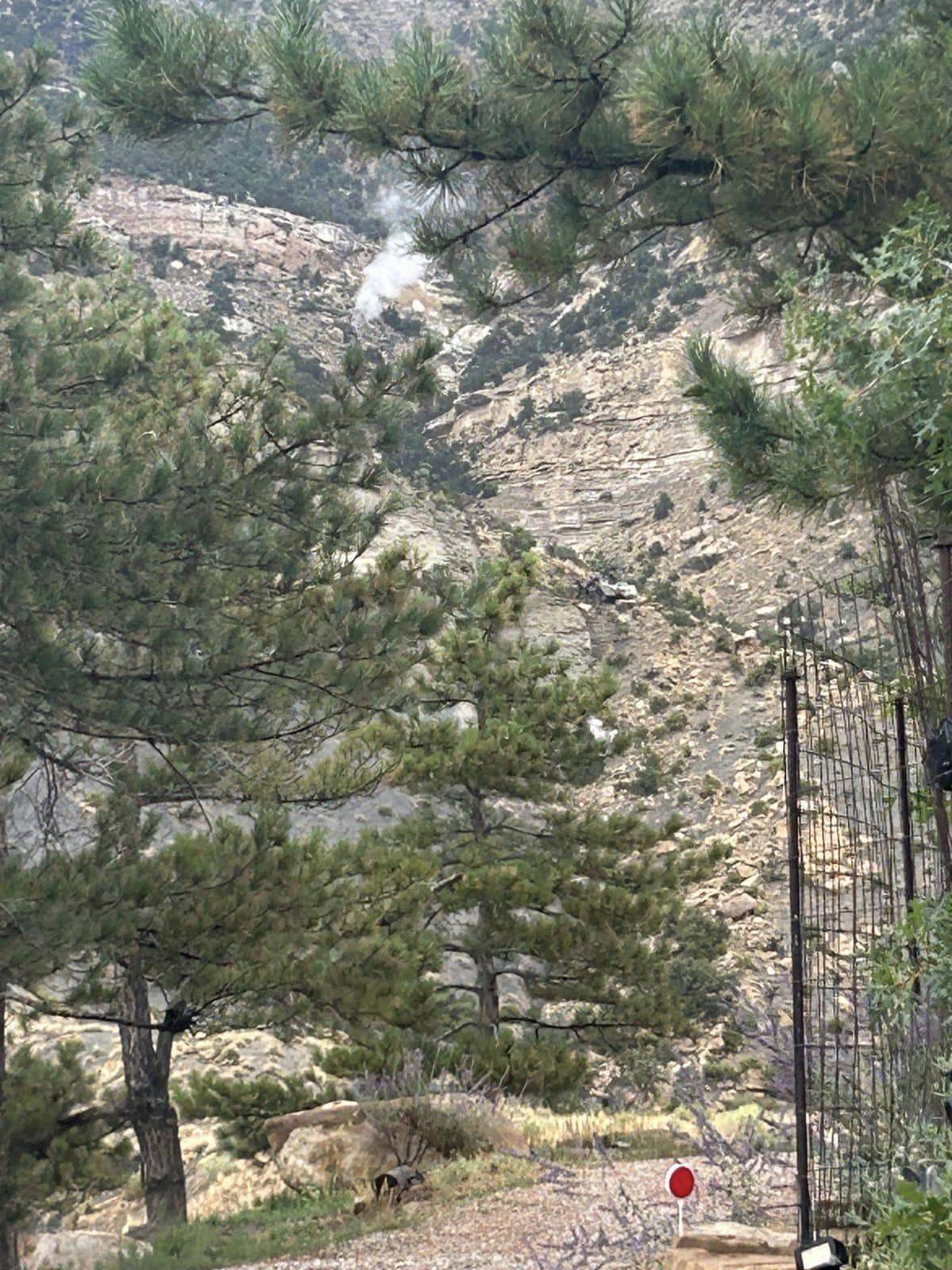Upon being contacted by the Utah Division of Oil, Gas and Mining (DOGM), the Southeast Utah Health Department (SEUHD) released a statement in regard to concerns about potential public health risks for Kenilworth residents.
This concern was raised due to the increased smoke from the Kenilworth Mine fire, which is depositing near town. The SEUHD explained that the Helper City Fire Department has been monitoring the area surrounding the fire frequently in order to be aware of any changes in the situation.
Additionally, the Carbon County Emergency Management Team has installed a Purple Air monitor to watch over the concentration of particulates in the air, on the ground. This data is live and can be viewed on the Purple Air Map.
“There have been no dangerous gasses detected in Kenilworth that are sometimes a byproduct of coal mine fires, likely due to the natural ventilation of air flow through the canyon Kenilworth is located in,” the SEUHD stated.
While dangerous gasses have not been detected in Kenilworth, the SEUHD urges caution and awareness for the potential risks these gasses may pose, as well as what to look for to identify their presence. According to the health department:
- Carbon Monoxide (CO) – Carbon monoxide has no odor, taste or color. Burning fuels, including gas, wood, propane, or charcoal, make carbon monoxide. Carbon monoxide poisoning symptoms are headache, dizziness, weakness, upset stomach, vomiting, chest pain, and confusion. If you experience these symptoms leave the area and move into fresh air and seek medical care immediately. It is recommended to have a carbon monoxide detector in your home and to change the batteries regularly to help alert you of unsafe concentrations of carbon monoxide. Carbon monoxide detectors can be found at most department stores.
- Hydrogen sulfide (H2S) – a colorless, flammable, and poisonous gas. H2S is heavier than air and can collect in low-lying, enclosed spaces without ventilation. It is detectable by smell at low concentrations and smells like rotten eggs. At higher concentrations it can paralyze your ability to smell and can be toxic. If you smell rotten eggs, leave the area.
Some tips in reducing exposure to potential unsafe air quality include staying indoors as much as possible, making sure that doors and windows are tight-fitting, purchasing an air purifier with a HEPA filter and using an N95 mask to help filter any particulates in the air when outside.
“People with respiratory issues are at a higher risk of being impacted by air quality than others. If you have respiratory issues please reach out to the Southeast Utah Health Department and we may be able to help provide you with an air purifier and other resources to help lessen the impact,” the SEUHD concluded.

